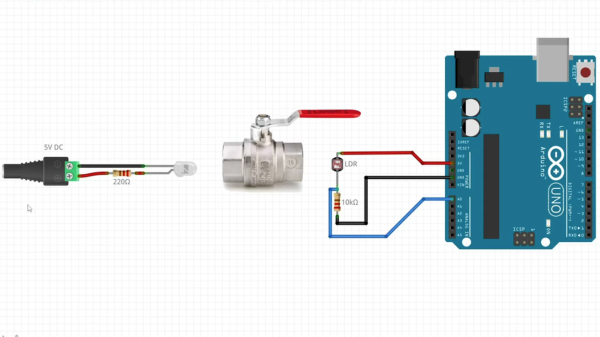The aurora borealis (and its southern equivalent, the aurora australis) is a fleeting and somewhat rare phenomenon that produces vivid curtains of color in the sky at extreme latitudes. It’s a common tourist activity to travel to areas where the aurora is more prevalent in order to catch a glimpse of it. The best opportunities are in the winter though, and since most people don’t want to spend hours outside on a cold night night in high latitudes, an all-sky camera like this one from [Frank] can help notify its users when an aurora is happening.
Because of the extreme temperatures involved, this is a little more involved than simply pointing a camera at the sky and hoping for the best. The enclosure and all electronics need to be able to withstand -50°C and operate at at least -30. For the enclosure, [Frank] is going with PVC tubing with a clear dome glued into a top fits to the end of the pipe, providing a water-resistant enclosure. A Raspberry Pi with a wide-angle lens camera sits on a 3D printed carriage so it can easily slide inside. The electronics use power-over-ethernet (PoE) rather than a battery due to the temperature extremes, which conveniently provides networking capabilities for viewing the images.
This is only part one of this build — in part two [Frank] is planning to build a system which can use this camera assembly to detect the aurora automatically and send out notifications when it sees it. Watching the night sky from the comfort of a warm house or sauna isn’t the only reason for putting an all-sky camera to use, either. They can also be used to observe meteors as they fall and then triangulate the position of the meteorites on the ground.


















